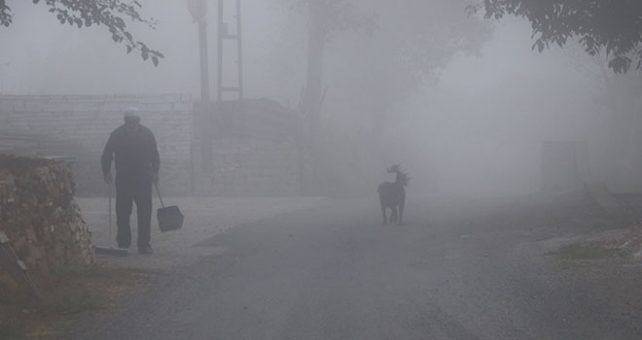
Fog can be defined as a cloud formed near the ground or at ground level, consisting of small water droplets suspended in the air. The same processes responsible for higher cloud formation in the atmosphere apply to ground-level fog.
Fog is a visible phenomenon and can be seen from afar as a cloud cluster at surface level. In a fog, the visibility of your surroundings is affected, no different than looking at them through a curtain.
It is this property of fog to limit visibility to varying degrees, which makes it very dangerous. While an area can be officially classified as foggy when visibility is less than 1 kilometer (0.6 mi), it can be limited to just a few meters in extreme conditions.
When traveling in any mode of transport, especially in motor vehicles, being unable to see more than a few meters can be fatal. It is not uncommon for fog warnings to be widely broadcast and displayed in areas that experience frequent fog.
What Causes Fog?
As mentioned earlier, fog is nothing but a cloud that forms at or near ground level. This means that various processes by which clouds higher in the air form are also responsible for fog formation.
Warm moist air cools until condensation forms and tiny water droplets form near the Earth’s surface, causing fog.
The best way to understand the various ways fog forms is to examine the different types of fog, classified by the processes by which they form:



